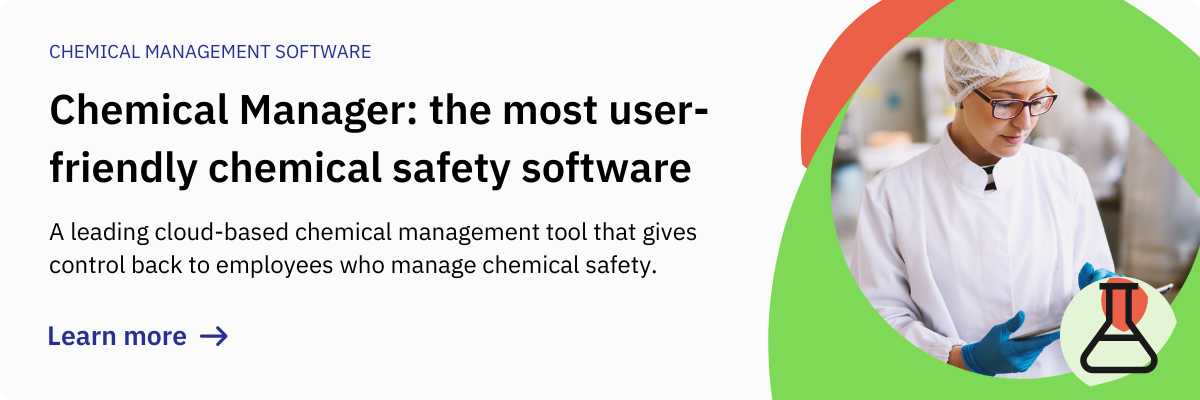Air monitoring: Air sampling in which monitoring of the potential level of exposure to airborne hazardous chemicals is carried out by monitor which is placed in a fixed position in a particular part of the workplace. Such monitors are useful for locating the source of hazardous chemicals in the workplace, the distribution of hazardous chemicals there and the effectiveness of the control measures in place.
Atmospheric monitoring: Air sampling in which the monitor is placed within the worker’s breathing zone (within 30cm of the workers mouth or nose) so that the concentration of hazardous chemicals within the breathing zone can be estimated and the worker’s level of exposure to hazardous chemicals be calculated in relation to the relevant OELV.
Carcinogens: Any substances which when in contact with normal body cells can cause them to become cancerous either directly or through a by-product of cell metabolism.
CAS: A unique number assigned to each chemical by Chemical Abstracts Services to enable identification of a chemical in cases of doubt.
Chemical Inventory: A sheet on which you can record the details of all the Chemicals in your workplace in one convenient, reference tool.
CLP: Stands for “Classification, Labelling and Packaging of Substances and Mixtures”. Under EU legislation companies are required to classify, label and package their substances and mixtures in accordance with this standardized system for the quick identification of chemical hazards by means of pictograms that are recognized globally.
Download our poster for CLP Labeling
CMRs: Substances which are carcinogens, mutagens or reproductive toxins.
Control: Actions that can be taken or measures that can be implemented to reduce the potential for exposure to a chemical hazard in the workplace.
Corrosive: A chemical hazard that causes burns that can lead to irreversible damage to skin, eyes or airways.
Hazard: Any substance with the potential to cause harm, whether to health, safety or the environment.
Hazardous Chemical: Any chemical that has the potential to cause harm to human health or the environment.
Health Surveillance: A series of health checks carried out in the workplace that may have to be done by qualified occupational healthcare professional, when you are using chemical hazards which are known to cause illness or harm to human health and there is a reasonable likelihood of such illness or harm occurring.
Hierarchy of Controls: A list in order of desirability of the types of measure that are open to you to take to deal with the hazards you have identified.
Irritant: A chemical hazard that causes reversible damage to skin, eyes or airways.
Likelihood: The degree of probability that a harmful event will take place, usually measured on a simple scale of low, medium or high risk.
Mutagens: Any substance which may cause changes to the structure of genetic material in a cell or change the amount of genetic material that is present there. Such damage to a cell may be heritable and such substances are also viewed as possible carcinogens.
OELV: Stands for “occupational exposure limit values”. These are limits for exposure to chemical hazards, established by legislation for some chemicals, which must not be exceeded in the workplace.
Reproductive Toxins: Any substances that has adverse effects on sexual function or fertility in adult males or females, non-inherited adverse effects on the development of offspring or adverse effects on lactation.
Severity: A measure of how much damage exposure to a hazardous chemical may do either to people or the environment.


